Here at Common Tread, we recently received a Honda CRF250L Rally to rip around on for the summer. As we do with all our long-term, in-house loaners, we created a “Need to Know” video asking our audience for their questions on the bike to help us determine exactly what information people are looking for.
That video went live less than a week ago and here are some of the initial comments left by our viewers on YouTube:
ApexIXMR: “I don’t understand why these companies are ignoring the 400-500cc market. I’d jump on a 450cc version of this in a heartbeat.”
Norm K.: “Honda desperately needs a CRF450 Rally! Better motor and off road suspension. Come Honda, if you weigh 200 lbs or more and 6'2" tall this bike is too small.”
Ray Dollars: “Why oh why is this not a 400cc bike?”
BWX: “The bike is too heavy for being a 250. Honda need to make this a 350 or 400.”
Those comments make Honda’s announcement yesterday seem almost too well timed. For those of you that haven’t heard, Honda is revamping its entire 2019 performance off-road lineup and included in the mix is an all-new CRF450L street-legal dual-sport. But the question remains, will it live up to the desires and expectations of the folks who have been asking for this motorcycle?
A closer look at the numbers
Performance-oriented riders have criticized the current street-legal CRF250L and CRF250L Rally as budget, cost-cutting machines that are down on power, up on weight, and have a suspension designed for a 120-pound rider. But critics need to take into account that these bikes were never marketed as performance machines. Instead, they were intended to be street-oriented motorcycles with some light dirt capabilities for folks looking to try their hands at off-road riding while sticking primarily to the street. This new 450 is different.
According to Honda’s website, this bike falls under Honda’s “CRF Performance Line.” It shares the same 449.7 cc, Unicam, four-valve engine that is used across the entire CRF450 lineup, though some of the internals have been tweaked to differentiate the power output for the intended use.
If you’re not familiar with what all of those fancy letters mean throughout the new 450 lineup, here is a quick, non-technical breakdown: The 450RWE (Works Edition) now sits at the top of the heap as a souped-up version of the 450R, which is designed for motocross use. Then there is the 450RX, which features a five-speed transmission and higher compression ratio (than the X) for shorter, aggressive woods enduro racing and the 450X which gets a sixth gear, heavier crank, headlight, and lower compression ratio for all-day, high-speed competition. The new 450L is a street-legal version most similar to the 450X.
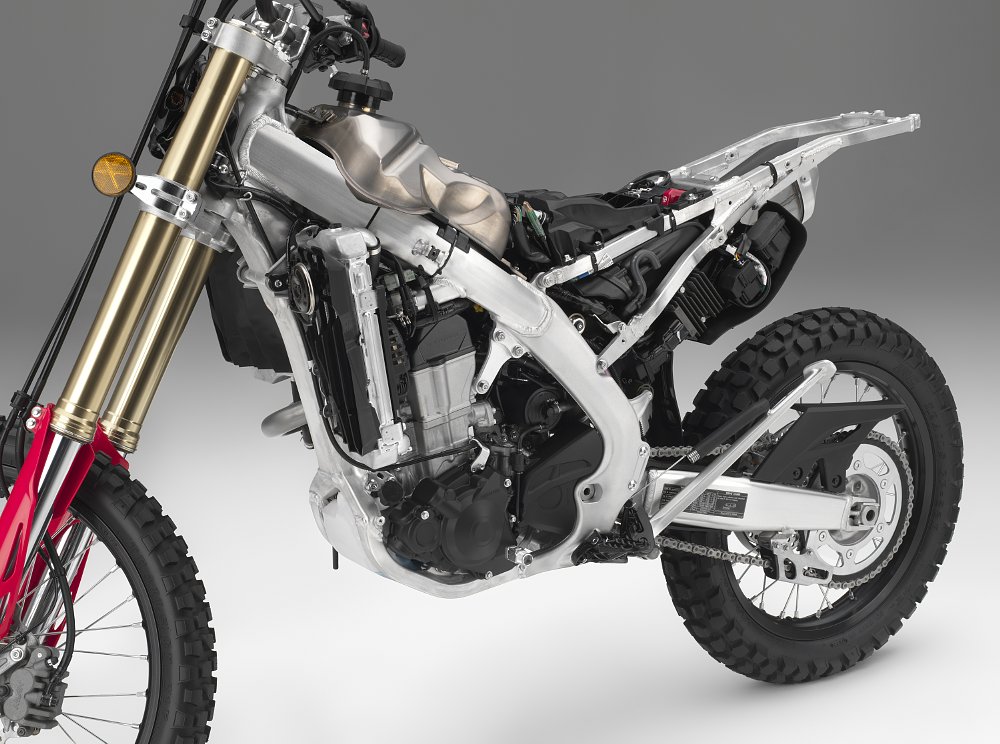
Much like the 450X, the compression ratio on the 450L is down from the R and the RX’s 13.5:1 to 12.0:1. Honda also says the L will also have “dedicated valve timing for smooth power delivery in technical riding,” which almost certainly means it’s getting a different cam profile than the other two. It is also gets “high crank inertia (up 12 percent over CRF450R)” which means a heavier flywheel (similar to that of the 450X).
What does all of this mean for the new CRF450L’s power?
While it looks like it’ll be down on overall top-end horsepower compared to the R and the RX, it appears that Honda is aiming to make this bike better for a combination of street and off-road riding. A different cam profile has me hopeful that we’ll see more low- to mid-range torque. And a heavier flywheel means you’ll be able to lug the engine lower in the tight stuff before stalling it.
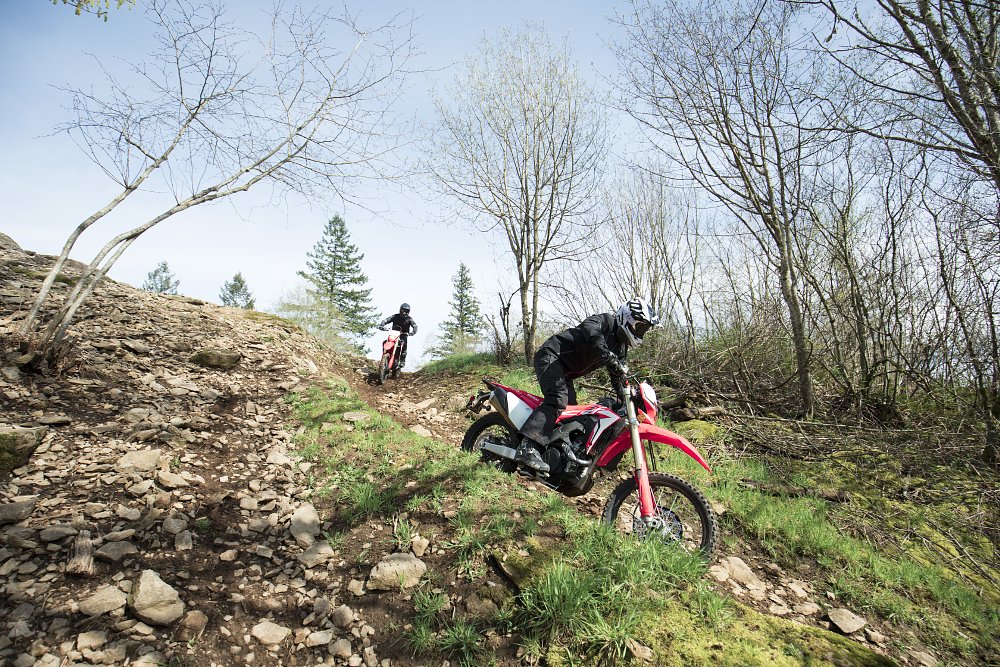
The biggest problem with the current CRF250L and 250L Rally is the suspension. There is no adjustability other than preload on the rear shock and they are severely undersprung and underdamped. While it appears that the 450L will have dedicated internals unique unto itself, they appear to be as sophisticated in their adjustability as the X, R, and RX.
Up front, the 49 mm inverted telescopic Showa coil-spring fork can be adjusted for rebound and compression damping (but no preload). The rear suspension is handled by a Pro-Link Showa shock with adjustments for preload, rebound and compression damping. The biggest question I have is whether it’s going to be sprung for a 120-pound rider or a 200-pound rider and whether additional springs are going to be readily available.
There are also differences to the geometry, as well. The CRF450L gets a slightly lower seat height at 37.1 inches compared to 37.8 inches on the R and RX. It also gets the longest wheelbase of the bunch at 58.9 inches and the least amount of ground clearance at 12.4 inches compared to 12.7 inches on the X and 12.9 inches on the R and the RX.
The wet weight of the entire package, while heavier than the other 450s, is still competitive at 289 pounds. Considering it must meet emissions requirements and DOT regulations, it’s not fair to judge it against the competition-only CRFs, but it is fair game to compare it against the other dual-sport competition.
The competition
I think it’s pretty fair to say that Honda is taking aim at KTM with this new CRF450L. KTM has pretty much owned the performance-oriented segment for folks looking for an out-of-the-box, street-legal, dual-sport motorcycle. With an MSRP of $10,399, the Honda is priced just under a KTM 350 EXC-F at $10,599 and the 500 EXC-F at $10,999.

With a claimed wet weight of 289 pounds, the CRF450L is going to be slightly heavier than even the biggest of the KTM EXC-F models. While KTM claims the 500 EXC-F weighs 240 pounds sans fuel, I wanted to be sure. So I called Evan Yarnall who owns Solid Performance KTM and asked him to weigh in (pun intended). Evan was nice enough to throw a stock 500 EXC-F on the scale for me and reported a weight of 257 pounds prior to adding gasoline. With a full tank of 2.25 gallons of gas, the KTM should weigh in somewhere around 275 pounds, thus narrowing the gap to about 15 pounds between the two bikes.
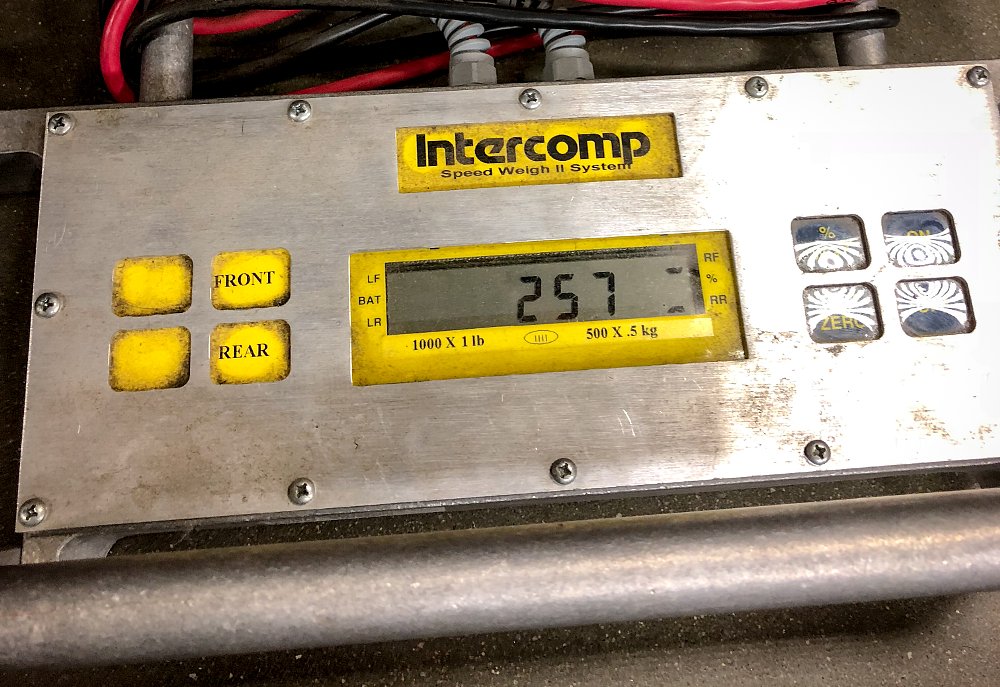
Honda has yet to release data regarding suspension travel, so we can’t compare those numbers yet, but the KTMs have a slightly higher seat height of 37.8 inches and all the models got upgraded suspension components for 2018, including stiffer settings in both the fork and the shock for more aggressive riding. KTM’s EXC lineup features a Progressive Damping System (PDS) shock which mounts directly to the swingarm while the Honda Pro-Link Showa shock mounts via linkage specific to the CRF450L. The linkage could also contribute to the Honda’s lower seat height. I’ll be much more interested to hear about the overall suspension travel once those numbers are released.
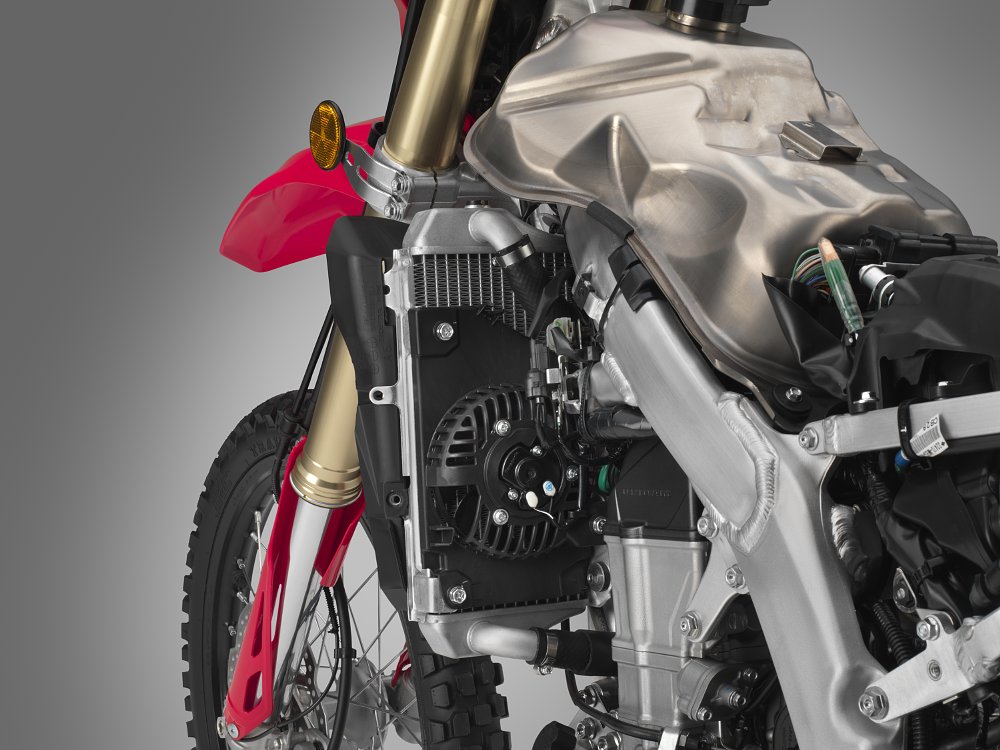
Comparing the overall power output isn’t exactly fair as there isn’t an exact correlation in displacement between the brands. Yes, KTM does have a 450 EXC-F, but it looks like it is only going to be available in a “Six Days” trim, which comes at a premium of $700 over the 500 EXC-F.
The biggest advantage the CRF450L has going for it over an EXC-F is Honda’s extensive dealer network. While I consider myself extremely lucky to live in the vicinity of Solid Performance KTM, one of the best motorcycle dealerships I have had the pleasure of working with, most folks are not in the same boat. With KTM dirt bikes’ reputation of being more service-intensive than their Japanese counterparts (their adventure and street bikes are actually a bit better), access to a reliable dealer becomes all that more important.
My final thoughts
This is a strong play on Honda’s part to fill a clear void in the lineup. Based on anecdotal evidence (like comments on YouTube videos), there appears to be a demand for a more performance-oriented, street-legal dual-sport from Honda. Data from the Motorcycle Industry Council also suggests the demand is real. Dual-sport sales are up 12.3 percent for the first quarter of 2018 over 2017. In an industry that is plagued with declining sales, those numbers are huge.
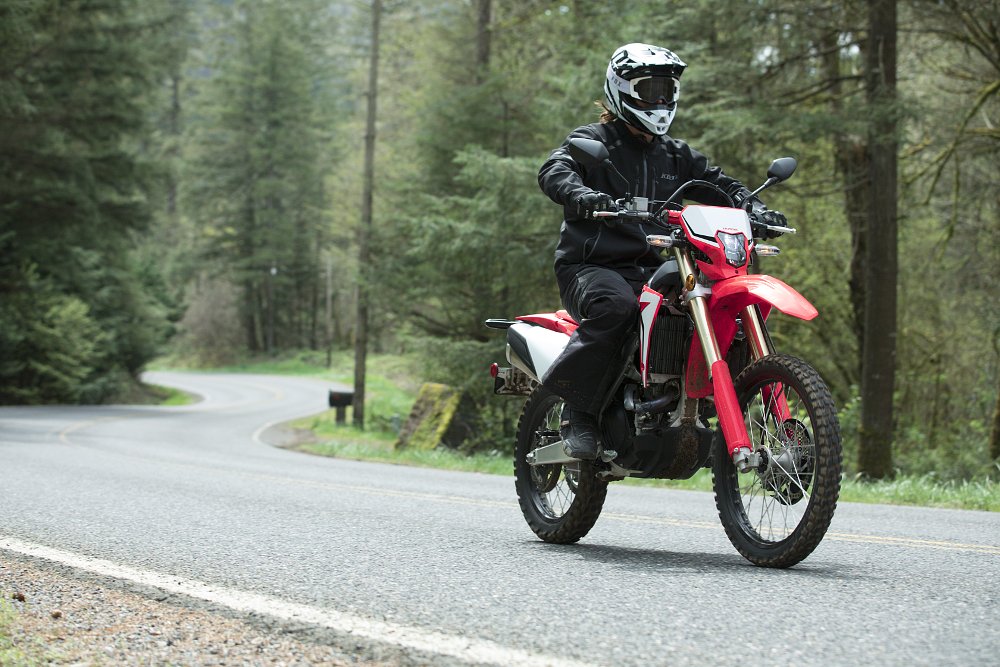
While I don’t think this bike will steal sales from the Africa Twin, I do think there are a number of adventure riders like myself who are tackling increasingly gnarlier routes and are interested in smaller, performance-focused dual-sports. I’m more interested in this CRF450L than I am the dinosaur that is the XR650L and the underpowered, street-focused CRF250L and Rally.
Keep in mind that for a lot of riders street legality is important because without it they are limited in where they can ride, especially here in the Northeast. It’s not so much that they want to take long treks down the highway, but rather they want to ride legally in state forests and on fire roads. Not to mention that a growing number of dual-sport events require bikes to be street-legal.
This new CRF450L gives Honda access to that customer. A customer who previously only had just one major manufacturer to consider and a few smaller brands with even scarcer dealer support.
In the promotional video, Honda claims that “It’s done right… It’s no dumbed-down off-roader. It’s a downright beast,” when referring to the CRF450L. I really hope it is and I am genuinely excited to try one. But no matter how good it is, one thing is certain. Going up against KTM in the performance-driven, dual-sport segment is going to be one hell of a hill to climb. It’ll be interesting to see if the Honda is geared appropriately for the task.
















